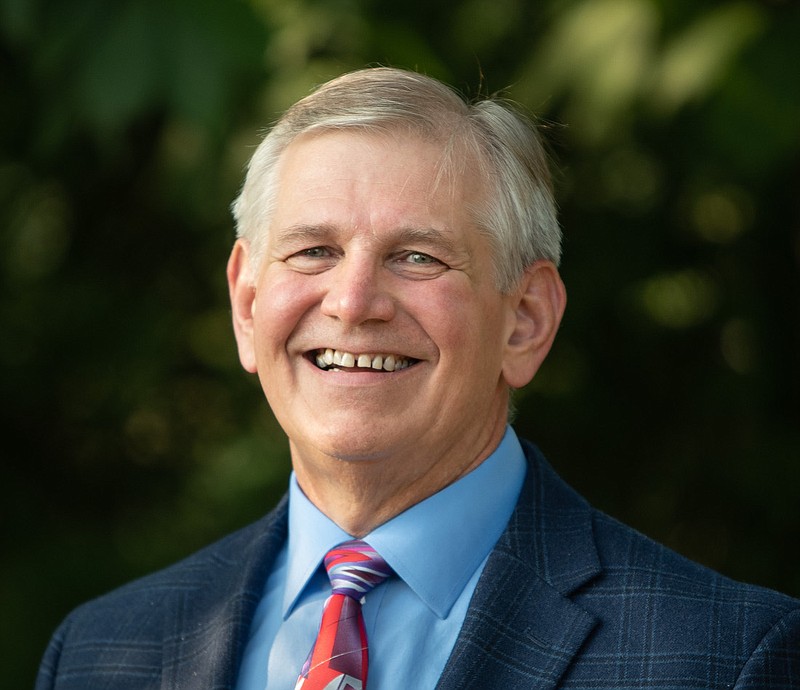Those of a certain age may recall the triennial ritual of a debilitating United Auto Workers union strike against one of the Big Three U.S. car companies during the heyday of Detroit's automotive industry dominance. Then, steadily throughout the 1980s through the government bailout of the car companies in the wake of the great recession of 2007, membership flagged, and labor's bargaining power ebbed.
The overwhelming vote last week to authorize a major strike against Ford, GM and Stellantis (the Dutch owner of the Chrysler and Jeep nameplates) is the latest example of a resurgence in the strength of unions in the wake of the pandemic and the ensuing disruptions in the labor market. It is still unclear if the recent gains represent a longer-term power shift, but for now organized labor is on a roll.
The auto workers are surfing a wave of union victories and can perhaps be excused for feeling their oats. A recent Gallup poll found 71% of Americans now approve of unions, compared with the 2009 low of just 48%, and the highest level since 1965. And a string of big wins for labor are partly fueled by post-COVID-19 shortages and growing disaffection with the widening disparity between hourly and management workers' salaries.
Organization of some Amazon facilities and over 300 Starbucks stores have penetrated previously non-union domains, and lucrative contract negotiations with Delta and American Airlines as well as equipment makers Deere and CNHI have added momentum. A potentially crippling work stoppage by railroad workers was averted by President Joe Biden and Congress but included substantial concessions including more pay and health care benefits. The most recent victory was a rich five-year deal struck by the Teamsters with shipping giant UPS that will allow senior drivers to earn up to $170,000 per year in total compensation. Meanwhile, American viewers are relegated to reruns of "Love after Lockup" and "Joanie loves Chachi," thanks to the protracted Hollywood strike.
The United Auto Workers union has taken a particularly aggressive stance in pressing its perceived leverage amid a tight labor market and strong consumer demand. The UAW is rebuilding after a devastating embezzlement and racketeering scandal that sent 16 former officials to prison, including two past presidents. The union's once mighty grip on American automotive labor diminished over previous decades, as total membership fell from a peak of 1.5 million in the 1970s to a low of 355,000 in 2009. Today the union claims 400,000 members and is testing its renewed strength.
The pugnacious new president, Shawn Fain, is the first leader directly elected by the membership and has struck a notably militant tone even for a UAW head. He pointedly refused to shake hands with auto execs, breaking a 60-year tradition, and ceremoniously tossed the automakers' opening bid in a garbage bin, talking trash both literally and figuratively.
The union's demands are as aggressive as their new leader. For openers, the UAW is seeking a 46% pay hike over the four-year contract cycle, more paid time off and the return of a traditional pension plan. It also wants the elimination of the two-tiered pay system adopted during the 2007 bailout, additional retiree benefits and a 32-hour work week. With a Sept. 14 deadline looming, there has been little progress.
In addition to the usual demands for more pay and benefits, the UAW hopes to stand astride the tracks of an onrushing technological train: the threat from electric vehicles. Widespread adoption of EVs spells trouble for thousands of UAW members toiling at engine and transmission manufacturing plants and the union is seeking job security for workers displaced by the migration away from internal combustion, including a say in plant closures. This may turn out to be the most contentious point.
Meanwhile as the UAW becomes more obstreperous, the Big Three still remember how labor costs careened out of control during the 1970s, '80s and '90s. By 2007, Detroit was saddled with expensive and inflexible collective bargaining agreements imposing inefficient work rules that partly led (alongside management fumbles) to the need for a taxpayer rescue of the Big Three. The stage appears set for an epic battle that will influence future management-labor interactions.
No matter the outcome, it's gonna cost. Bloomberg estimates the UAW proposals would add $80 billion in manufacturing costs over four years. That could reduce operating profits by as much as 45% according to Barron's magazine and could result in a 4% increase in average car prices. A Michigan State University assessment reckons that a 10-day work stoppage would result in a loss of $5 billion in output by the U.S. economy. And of course, manufacturers have invested billions of dollars in developing EV technologies and will be highly reticent to budge on their need for flexibility as they transition away from gas to electric cars over the next decade.
Following a lengthy decline in power, influence and participation, organized labor has enjoyed something of a post-pandemic comeback. Unions have seized on their newly enhanced leverage, seeking to regain some of what they perceive as lost ground, while employers have been willing to make larger concessions to avert stoppages and keep the machinery humming during a boom in spending. It remains unclear if that leverage is sustainable when conditions in the job market normalize and consumer demand cools down.
Christopher A. Hopkins, a chartered financial analyst, is co-founder of Apogee Wealth Partners.
